Volumetric wine tax will harm winemakers, says Casella
The normally close-knit and collegial Australian wine industry is edging towards a civil war over the heated issue of tax, with the patriarch of the nation’s biggest wine exporter, Casella Wines, slamming some producers’ efforts to lobby for the introduction of a volumetric tax as “immoral”. John Casella, whose Griffith-based winery makes the Yellow Tail wine that last year struck nearly $400 million in sales and is the most imported wine in the US, has warned attempts to swap a system based on value to a tax charged per litre would only exacerbate oversupply plaguing the sector, trigger an exodus of growers and see many lose their life savings.
